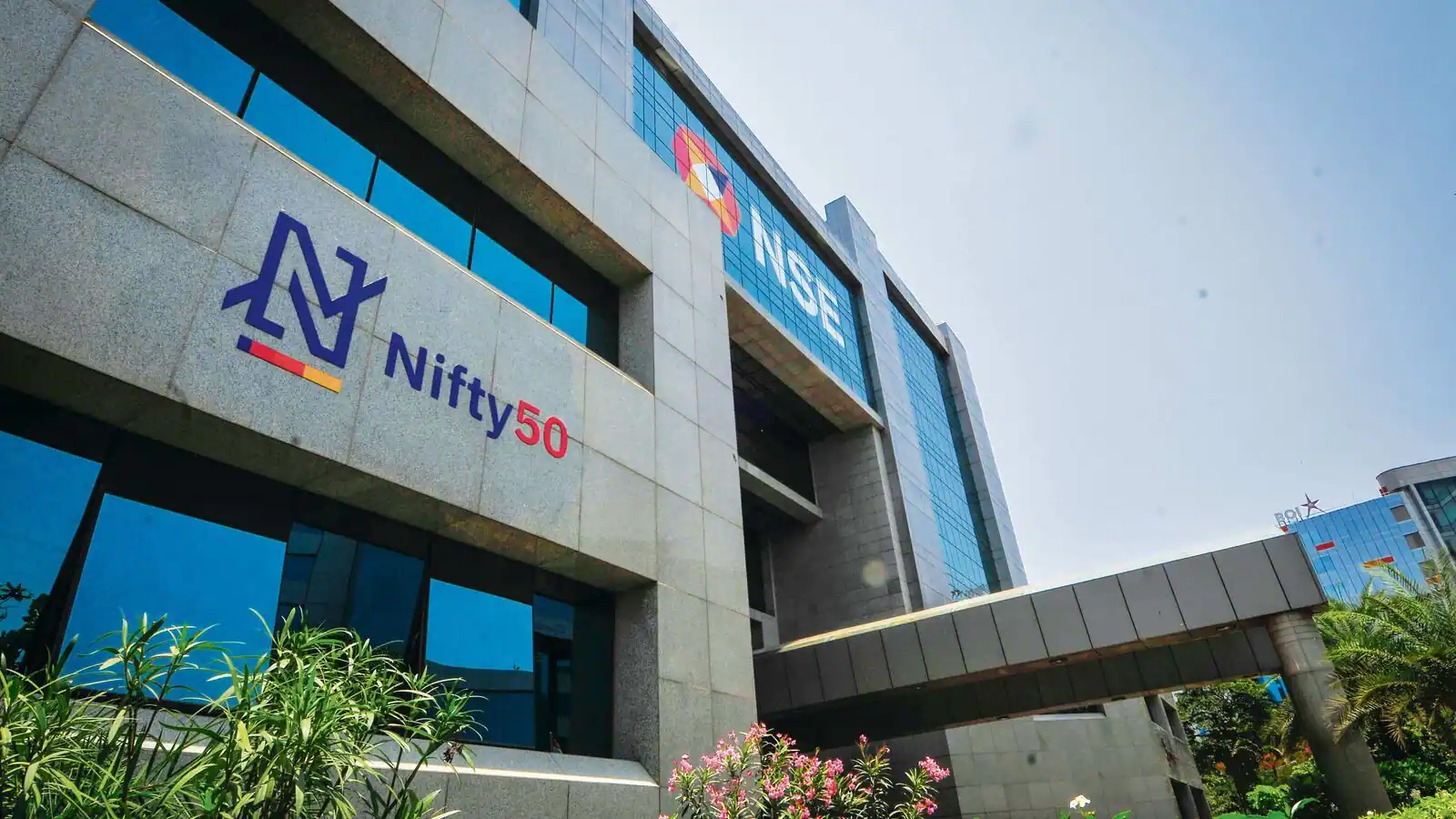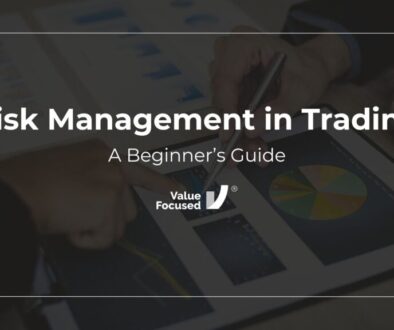Understanding the Basics of Nifty: A Beginner’s Guide

Are you a newbie investor looking to dabble in the Indian stock market but feeling overwhelmed by all the technical jargon? Don’t worry; we’ve got you covered! In this beginner’s guide, we’ll break down everything you need to know about nifty 50 index – one of India’s most popular equity indexes.
From its history and composition to how it’s calculated and traded, we’ll help demystify the basics of Nifty so that you can make informed investment decisions with confidence. So sit back, relax, and let’s get started on your journey towards financial literacy!
Introduction to Nifty
It is an Indian stock market index that represents the performance of the top 50 companies in a number of sectors listed on the National Stock Exchange (NSE). It is a widely used benchmark for investors in India and abroad. The Nifty50 index has a base value of 1,000 points and was launched on April 15, 1996. As of October 2020, the Nifty50 index was at 11,915.42 points.
The Nifty50 is calculated using a free-float methodology. This means that only those shares that are available for trading in the market are taken into consideration when calculating the index. The weightage of a stock in the index is determined by its free-float market capitalization. This methodology ensures that only those companies that are truly representative of the Indian stock market are included in the index.
The Nifty50 is widely followed by investors and analysts as it provides a good snapshot of how the large cap stocks in India are performing. It is also used as a benchmark by many mutual funds and exchange traded funds (ETFs) that invest in Indian stocks.

Definition of Nifty50 and its Components
Nifty50 is an index of the top companies listed on the National Stock Exchange (NSE) of India. It consists of 50 stocks representing 13 sectors of the economy. The weightage of a stock in the index is determined by its market capitalization. The Nifty50 index is managed by India Index Services and Products (IISL), which is a subsidiary of NSE Indices Limited.
The Nifty50 is the flagship index of the National Stock Exchange (NSE). The Nifty50 index tracks the performance of the top 50 companies in terms of market capitalization that are listed on the NSE. The base year for the Nifty50 index is 1995 and it has a base value of 1000. The Nifty50 index is widely used as a benchmark by investors in India to gauge the performance of the Indian stock market.
The components of the Nifty50 index are:
Click here to see updated companies with latest stock prices in Nifty – 50
How is Nifty Calculated?
Nifty50 is calculated using a market capitalization weighted formula. The index covers the top 500 companies from 24 sectors of the Indian economy and captures approximately 96% of its total market capitalization. The base value of Nifty is taken as 1,000 points on November 3, 1995.
Benefits of Investing in Nifty
Assuming you are referring to the Nifty50, an index of the top 50 companies in India based on market capitalization, here are a few benefits of investing in the Nifty50:
-Diversification: The Nifty50 provides investors with diversification across sectors and companies. This is especially beneficial for those newer to investing, as it reduces risk by allowing investors to spread their money across different companies and industries.
-Liquidity: The Nifty50 is a highly liquid index, which means that there is always a buyer for your shares. This makes it easy to buy and sell shares, and also means that you can get out of your investment quickly if you need to.
-Historical Performance: The Nifty50 has outperformed the Sensex (the benchmark index for the Indian stock market) over long periods of time. This makes it a good choice for investors looking for stability and long-term growth potential.
Market Volatility and Risk Factors Associated with Nifty

Nifty is a popular stock market index in India that is used to measure the performance of the top 50 companies listed on the National Stock Exchange (NSE). Nifty is a highly volatile index and is often used by investors to gauge the riskiness of the Indian stock market.
There are a number of factors that can contribute to Nifty’s volatility, including political uncertainty, economic instability, and changes in global markets. When there is heightened uncertainty in these areas, it can lead to increased volatility in Nifty.
Investors should be aware of the risks associated with investing in Nifty50 and be sure to monitor the index closely. Those who are looking to invest in Nifty should do so with caution and only with capital that they are willing to lose.
Strategies for Trading in the Nifty Market
When it comes to trading in the Nifty market, there are a few strategies that you can use to try and make a profit. One popular strategy is known as day trading. This involves buying and selling stocks within the same day in an attempt to turn a quick profit. Another common strategy is known as swing trading. This involves holding onto stocks for a period of time in order to ride out the ups and downs of the market. Ultimately, the best strategy for trading in the Nifty market will vary depending on your individual goals and risk tolerance.
Different Types of Derivatives Traded on the Nifty Market
Derivatives are financial contracts whose value is derived from an underlying asset. The most common types of derivatives traded on the Nifty market are futures and options. Futures are forward contracts in which two parties agree to buy or sell an asset at a specified price on a specified date in the future. Options are derivative contracts that give the holder the right, but not the obligation, to buy or sell an asset at a specified price on or before a specified date. Other types of derivatives traded on the Nifty market include swaps, warrants, and so on.
Conclusion
We hope this beginner’s guide to understanding the basics of Nifty has been helpful for you. By now, you should have a better idea about what Nifty50 is and how it works. With that said, we highly recommend doing your own research and gathering more information before investing any money into the stock market. This way, you can make informed decisions that will help you get the best return on investment possible while minimizing risk. Good luck!



